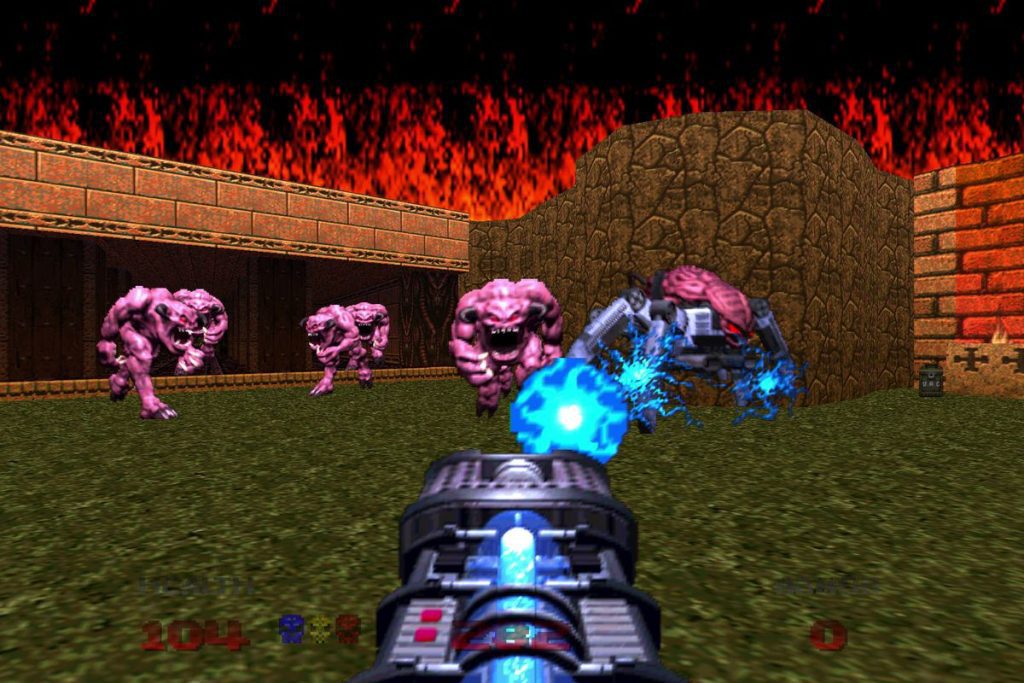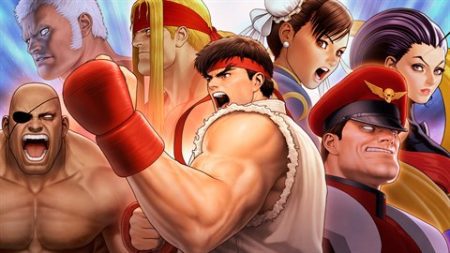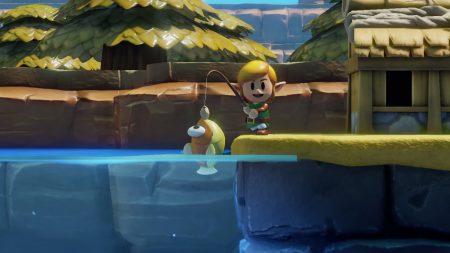Imagine yourself playing a modern AAA blockbuster title. Maybe it’s set in an open world, includes emergent dialogue options, features RPG-like progression mechanics, and dazzles the player with the occasional cinematic gameplay set piece. You’re in love with everything that’s happening in front of you and hunger for more. If you’re like most people, who enjoy yourself and eagerly await a sequel, while in the meantime moving on to potentially another game that provides similar satisfaction. If you’re like me, however, you might be asking yourself, “How did we get here?”
Much like any other medium, video games consistently build upon a rich history that spans multiple eras, each of which is defined by its own set of cultural mores and expectations. While certain works remain great through all ages, most are reflections of their own time; how we perceive the world now versus how we perceived it then will certainly have an impact on whether a work’s relevance remains intact. A first-person shooter from 1999 comes with a completely different set of expectations than Halo Infinite does, the same way a rom-com from the 1950s depicts romantic relationships very differently from newer films. But even if our views, tastes, and standards change over time, we can still learn a great deal from the works of the past, even from the ones that don’t “hold up” that well.
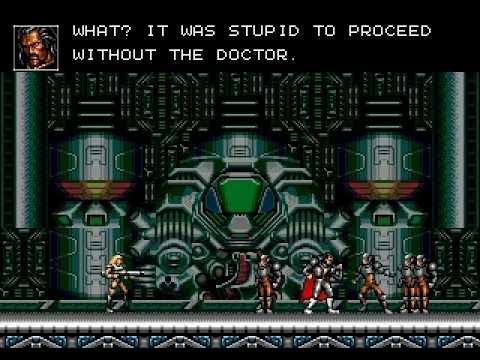
As we enter year two of the latest console generation, I must make a humble request of those who not only enjoy playing video games, but seek to appreciate the craft on a greater level: Play older games, whether they be timeless classics or titles spiritually locked in a bygone era. Play them, study them, think about them, understand them.
To be clear, I’m personally choosing to define “older” somewhat nebulously, since many would argue that technological advancements in the space have a remarkable impact on quality and therefore make decades-old titles more difficult to play and enjoy than a similarly old film, book, or even television show. For me, a game that is at least two console generations old (or came out at least a full decade ago) qualifies, especially when you consider how much bigger and more mechanically ambitious many AAA titles are now compared to, say, the late 2000s.
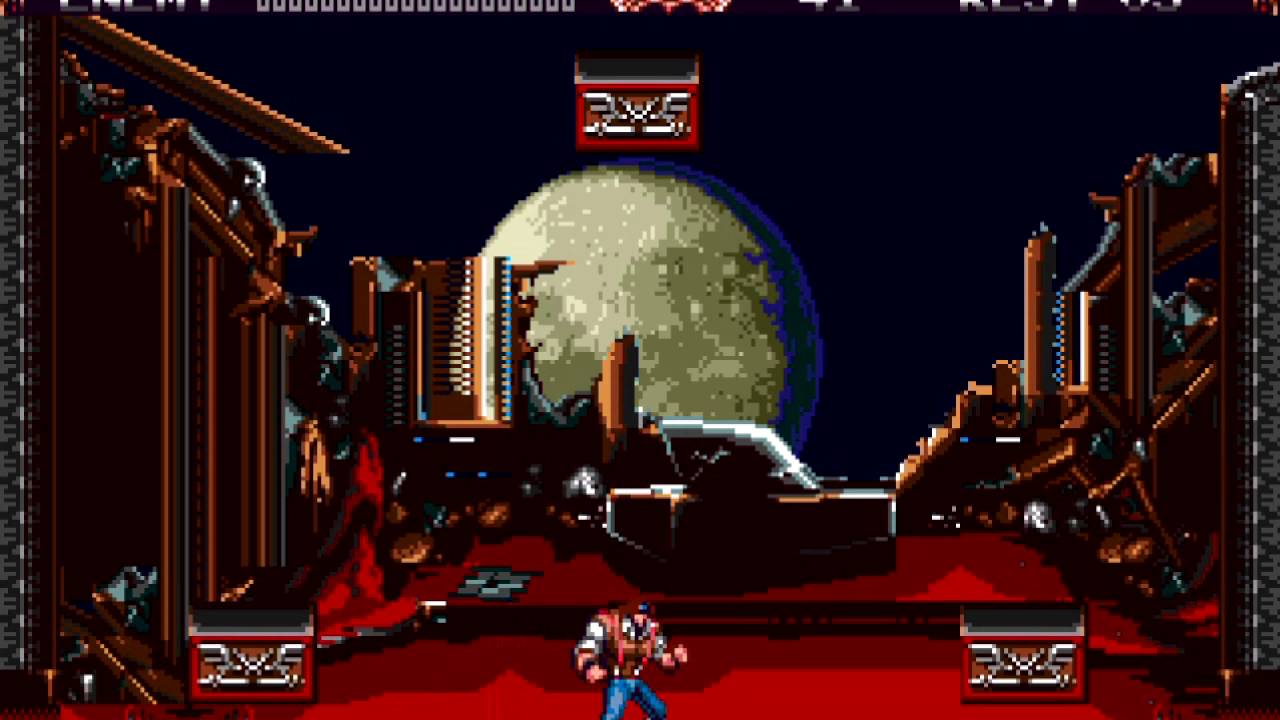
Gaming History and Preservation
Playing older titles helps maintain an understanding of gaming history, which is crucial to the preservation of the medium. Many of the biggest game companies are notoriously terrible at making their works widely available across generations, so it’s incumbent upon enthusiasts (much like myself and the lovely people who tend to read my work) to engage with such works whenever the opportunity arises.
I’m not just talking about classic titles that are easily playable on every platform known to man (i.e., Tetris, Sonic the Hedgehog, Street Fighter II, Galaga, Pac-Man). I’m talking about games that don’t always emerge outside of the gaming bubble into broader popular culture, or games that spark little excitement even from the most nostalgia-driven players.
For example, when Nintendo released its Expansion Pack for Nintendo Switch Online, it included a number of Sega Genesis games as part of the updated service. Among those were no-doubt classics like Sonic the Hedgehog 2, Streets of Rage 2, and Gunstar Heroes, but when the service became available, I tried my hand at several titles I didn’t really know much about. I’ve long been familiar with the Castlevania and Contra franchises, but the Genesis-exclusive titles from those series—namely Castlevania Bloodlines and Contra Hard Corps—had largely escaped my notice. After spending a few hours with those games, I gleaned so much about not only what gaming was like during that era, but where Konami thought games could go.
Hard Corps is yet another tough-as-nails side-scrolling shooter where death lurks at every turn, but offers dialogue choices that branch out into different levels. Combine that with the multiple character choices and weapon options and you have a relatively short arcade shooter (a staple of the early ’90s) that offers myriad play styles and outcomes (something that would become more common in games later on). Meanwhile, Bloodlines plays mostly like a standard Castlevania title, but narratively offers the chance to play as characters divorced from the Belmont family line, essentially serving as a conceptual precursor to Symphony of the Night, widely praised as the best game in the series.
Neither one of these titles ranks among the best entries in their respective franchises or even among the best Genesis experiences. I had still had a great time playing through them, and not just because they’re fun enough on their own; they gave me a glimpse into what certain developers were thinking about ahead of a pivotal era in games history. I had to adjust my expectations to fit the era in which they were released (both were so challenging by today’s standards that I made generous use of NSO’s rewind feature), yet in doing so I found myself engaged and intrigued by what they had to offer.
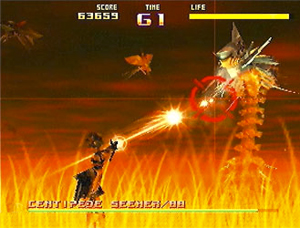
NSO’s Expansion Pack drew a lot of ire when it slapped that $50/year price tag on what many view as a limited library of games, but the value made sense to me when I saw the addition of two games in particular: Sin and Punishment, a Nintendo 64 rail shooter that wasn’t initially localized in the United States, and MUSHA, a Genesis shoot ‘em up that ranks as one of the rarest physical games made for the console. While neither appealed much to me—Sin and Punishment is virtually unplayable on a non-N64 controller, and MUSHA is a fine enough time without much setting it apart from the pack—the opportunity to play both was immensely valuable to me, as the decreasing availability of physical media makes rarities like these special; you never know when they’ll be lost to history, so you might as well give them a shot while you can.
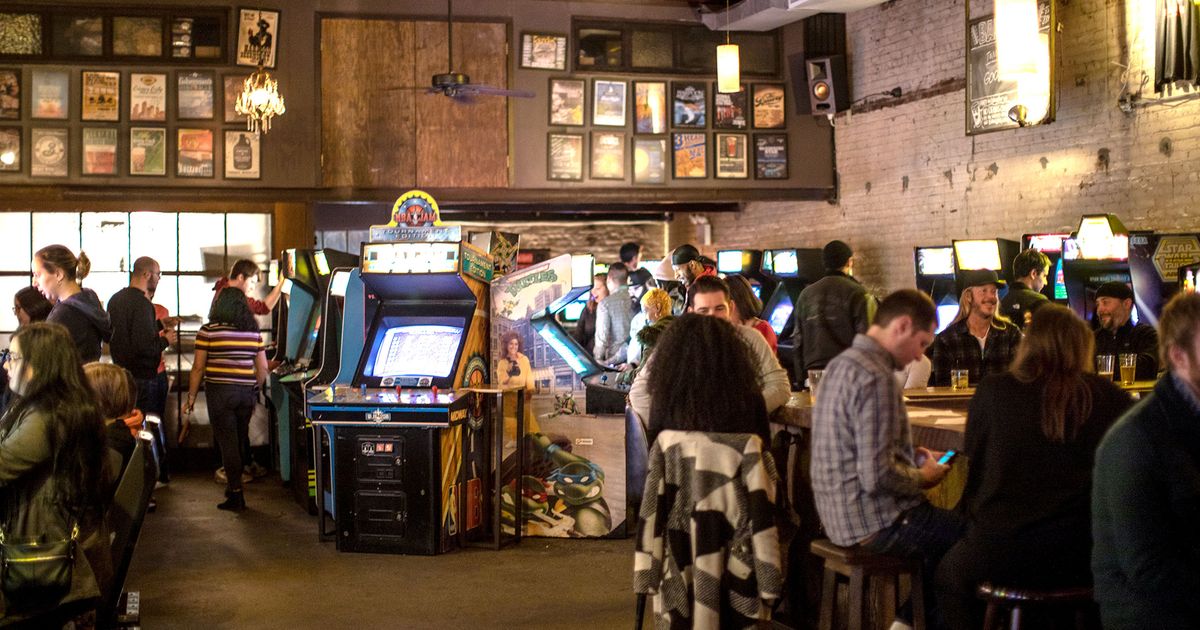
Look for the Cabinets
Speaking of physical media, I maintain that one of the best places to play older titles hasn’t changed much since the 1980s: arcades. The (relatively) recent proliferation of arcade bars comes as a boon for so many older games, as mildly buzzed twentysomethings will try just about anything if it only costs them a couple of quarters.
At several Barcade locations over the past decade, I’ve enjoyed time with not just highly-recognizable games (Ultimate Mortal Kombat, Crazy Taxi, Metal Slug) but also with more uncommon ones, a couple of which had some really interesting ideas. I’ve enjoyed my time exploring uncommon arcade delights like Golden Axe: The Duel and Michael Jackson’s Moonwalker, but a fusion of sports and fighting caught my eye like no other in 2015.

At the Barcade location in Brooklyn, I saw a cabinet for Punk Shot, a Konami-developed basketball game with street fighting mechanics, and I had to give it a try. Released in 1990, the game features a mix of NBA Jam-style basketball gameplay with the ability to punch and kick your opponents, all while avoiding obstacles such as potholes, fire, and even angry crows. I wouldn’t say Punk Shot is a masterpiece (it’s a real challenge to focus on the actual basketball while avoiding many sources of violence), but it was fun enough to play, and it was a sign of the times as well; sports game developers in the early ’90s weren’t quite ready to present “realistic” sports sims, so they often relied on goofy gimmicks to make the most out of the hardware they had. Punk Shot reflects that mindset to the extreme, and I relished the chance to play it when I could, if for no other reason than to taste a morsel of gaming history that may have otherwise fallen into complete obscurity.
Obviously, many would argue that the simplest way to play any of these antiques is to use emulators so you can easily play such titles on your PC. I don’t have much experience with emulators (and don’t care to comment much on the ethics behind them), but I do appreciate their existence, as otherwise you have to rely on some gaming giant’s curation or hope to happen upon something after several gin and tonics. Either way, such demand for emulators stems from a broad desire not just to keep these games alive in our minds, but to make sure that people (like me) who study the craft and care about its history can play them and learn from them.
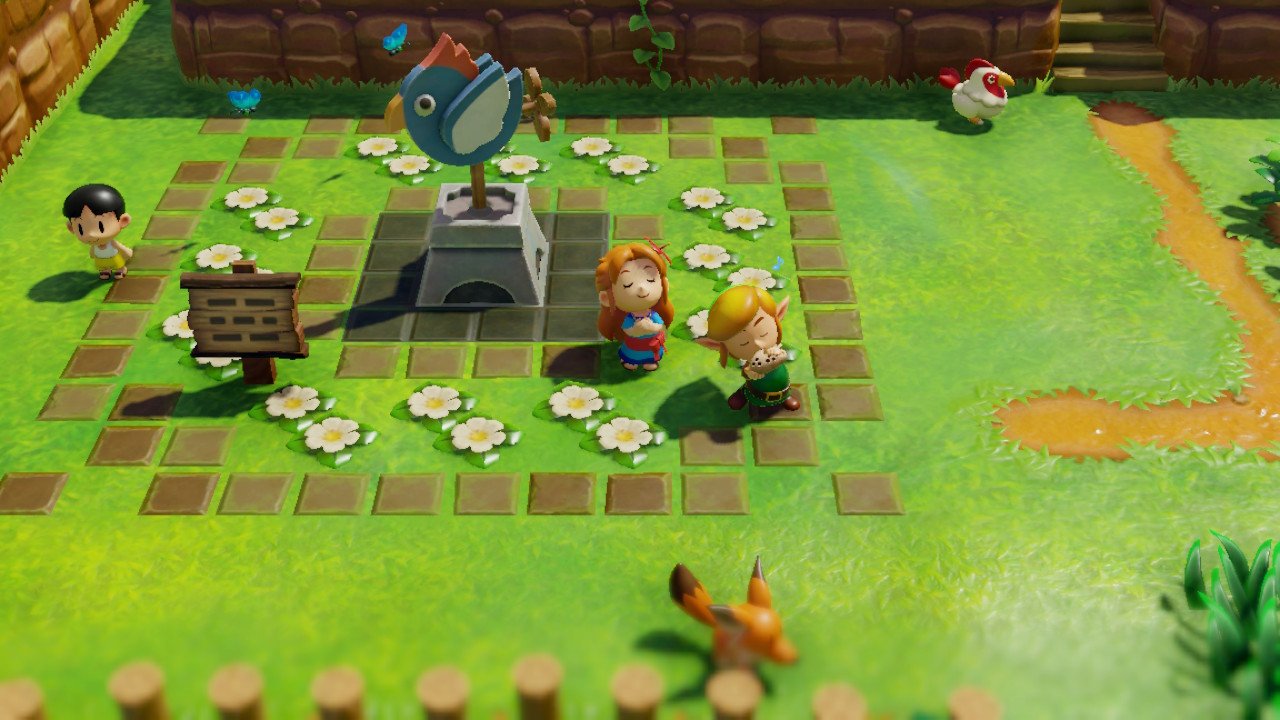
Run It Back?
One of the more common ways to play older games, interestingly enough, is playing remade or remastered versions of them. Despite the industry’s collective failure to broadly and properly preserve many of its artifacts, big companies rarely shy away from repackaging everyone’s favorite goodies and selling them at a new price. This way, EA, Nintendo, or Ubisoft can make customers feel like they’re experiencing a new thing, even if it’s still fundamentally an old thing. Unlike straight up preservation, these retooled objects typically attempt to recontextualize aging works so that something from, say, 1998 or 2004 can almost look and feel like it was made today.
There’s nothing fundamentally wrong with experiencing older games this way, and in many cases (Mass Effect 1: Legendary Edition, The Legend of Zelda: Link’s Awakening and Skyward Sword, Metroid: Samus Returns) you might end up playing the superior version of the game. In playing a good remake, you might actually build a strong connection to a game that would have otherwise felt obsolete. You also risk losing out on a chance to experience it the way it was originally presented, even if the creators themselves likely wanted to do more with the title than they originally could.
The historical ramifications of remakes and remasters fascinates me, and I always ask myself a number of questions when playing an updated version of an older game: Is this actually the best way to experience this? Do I need to play the original just for comparison? Should the newer version be called the “definitive” version from here on out?

The answers to these questions vary from game to game, but I always come to the same conclusion overall: Regardless of whether a remake is “definitive,” the original should always be made available on modern technology if possible. I enjoyed Crash Bandicoot N. Sane Trilogy, but I’d like the opportunity to play the original PlayStation versions of those games without needing the actual discs from the ’90s. And while I understand why many Zelda fans are disappointed that the Switch apparently isn’t getting the 3DS remakes of Ocarina of Time and Majora’s Mask, I was delighted that NSO includes the Nintendo 64 versions of those games, since that way people still have (somewhat) easy access to something resembling the original product.
I do like that the industry wants to make relics of the past feel fresh for newer audiences, and I especially like when such remakes/remasters maintain the spirit of the original, just with better gameplay and visuals. But that doesn’t mean the originals are no longer relevant, and we shouldn’t cast them aside due to their alleged “inferiority.” It’s useful, however, to examine what remakes kept and didn’t keep, as it helps us understand what about these older works really stuck with and inspired us.
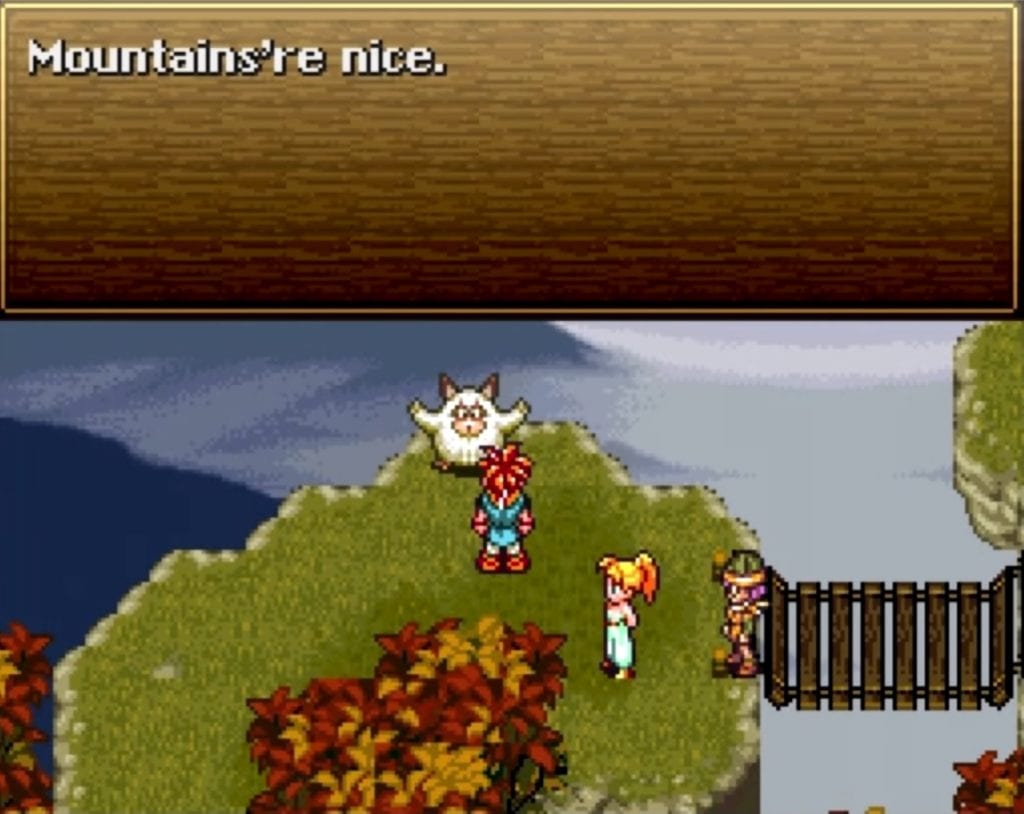
Heck, You Might Even Have Fun
Obviously, most people playing games (or even just reading this article) have little interest in studying the medium or even thinking especially hard about it. You don’t have to! Most of us play for the joy of it and seek out whatever experiences will amaze us, or at least just keep us occupied during stressful times.
But that’s the biggest reason to play these older games: You might actually have a great time! For all you know, the best game you’ll play this year won’t be Elden Ring or the yet-to-be-named Breath of the Wild sequel; it could be a JRPG from 1995, a PC first-person shooter from two decades ago, or even an NES hockey sim. I try my best to keep up with new releases, but sometimes those detours through the past result in transcendent experiences, especially if such games aren’t tied to modern gaming mechanics or conventions.
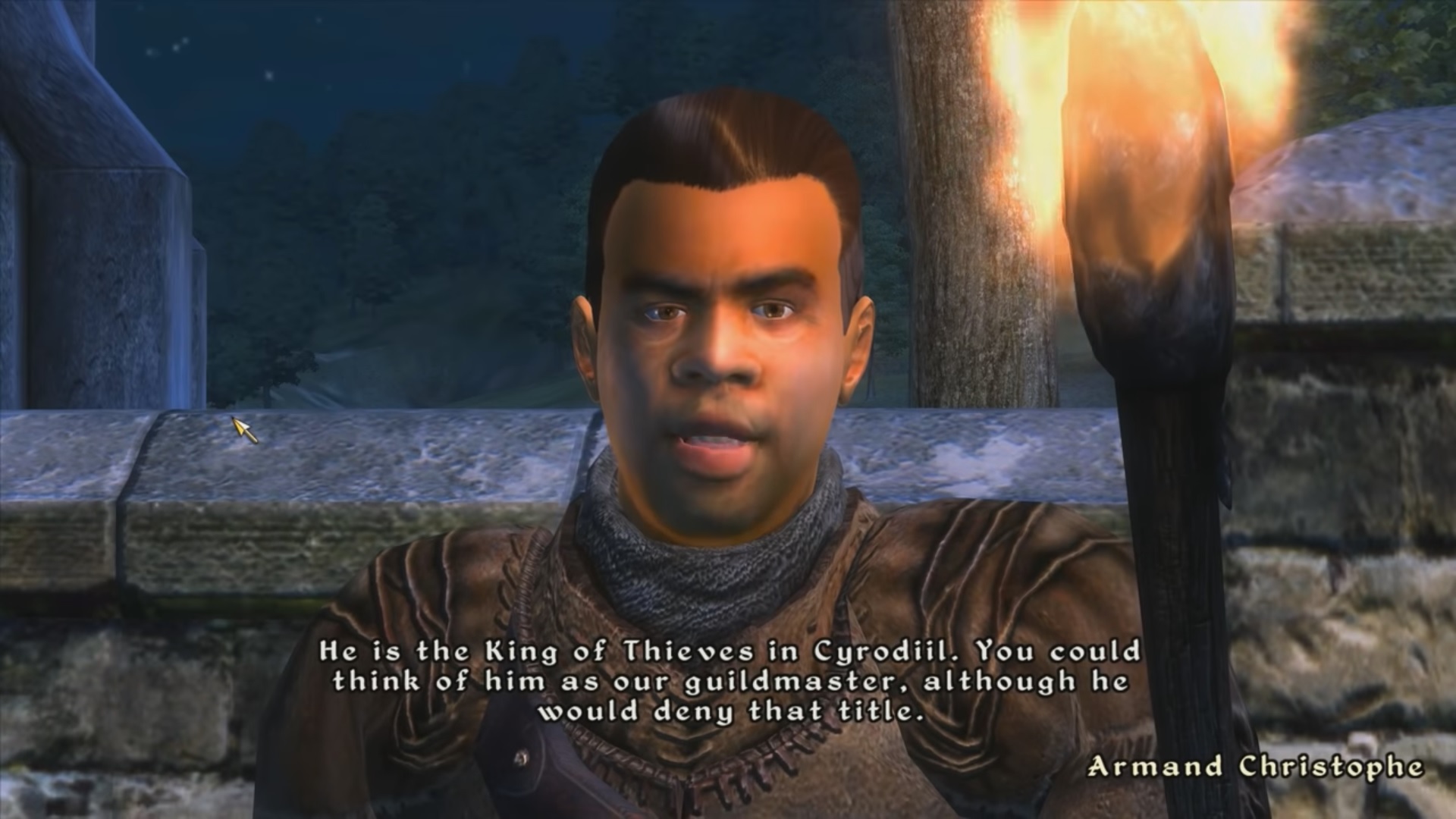
Looking back, I could make the argument that for every year I can remember, the best game I played for the first time didn’t come out that year. The Elder Scrolls IV: Oblivion was my favorite RPG experience of 2021. Chrono Trigger and Earthbound were probably the best games I played in 2019. The original Dr. Mario took up more of my time than most games I tried in 2018. Even right now, I’m playing through Mass Effect: Legendary Edition, and you know what? I like a lot of the old-school mechanics from the first Mass Effect (though I know some of the systems were updated for the remaster), to the point where I kind of wish the whole series was like it (the Mako still sucks though).
Beyond the discourse surrounding preservation, history, and learning from our past, you might find yourself experiencing a classic as though it were brand new. My journeys with oldies often lead to delightful experiences that I don’t always get from more recent offerings. Sure, older games definitely come with their share of problems (e.g., lack of polish, intense difficulty spikes, permadeath, awkward controls), but they can still dazzle in their own way. Clearly some of the best indie titles of the past decade understood the value of those kinds of games (Shovel Knight, Undertale, Stardew Valley). Hopefully, we all can too.
Sam has been playing video games since his earliest years and has been writing about them since 2016. He’s a big fan of Nintendo games and complaining about The Last of Us Part II. You either agree wholeheartedly with his opinions or despise them. There is no in between.
A lifelong New Yorker, Sam views gaming as far more than a silly little pastime, and hopes though critical analysis and in-depth reviews to better understand the medium's artistic merit.
Twitter: @sam_martinelli.


